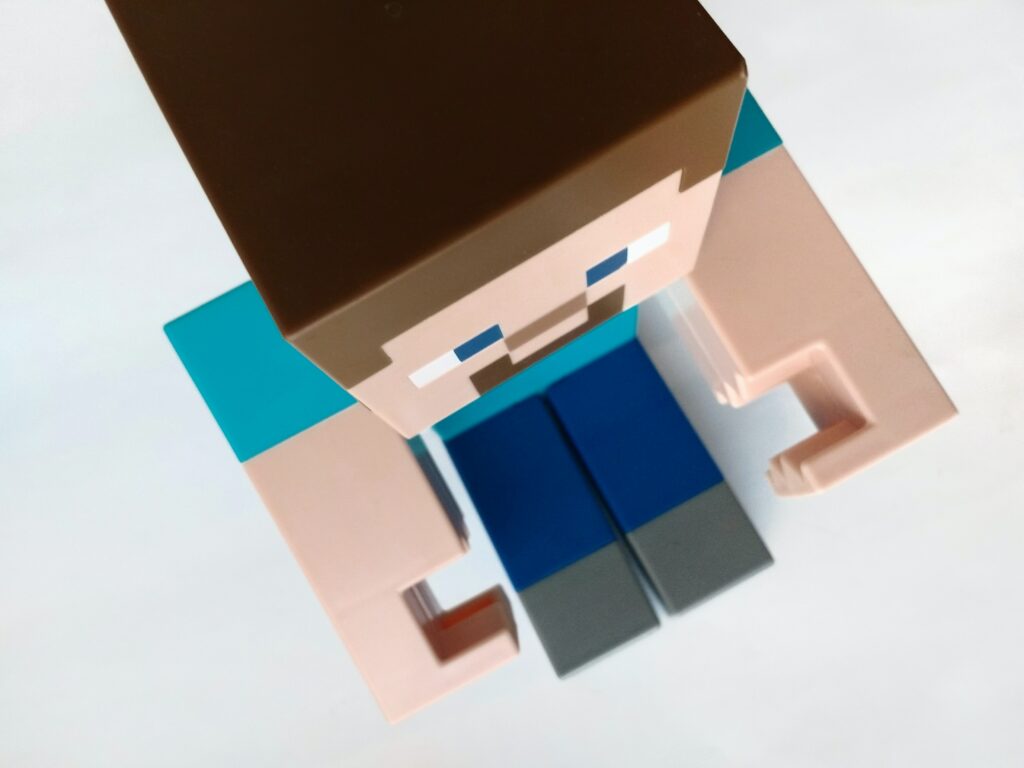This week we had an interesting lecture on gaming in the classroom. At the beginning of the lecture we were introduced to two ways of understanding gaming in the classroom: gamification and games-based learning. We learned that gamification is the introduction of game components into lessons, whereas game-based learning is using actual games as a teaching tool. That is, games-based learning means that students are actually learning through playing a game. Prior to this lecture I didn’t know the difference at all. The overall message I took away from this lecture, was that games-based learning helps us re-introduce play into all subjects. Play is something that we find discussed in our primary classrooms all the time but is so often forgotten about for our older students. I for one love the idea of incorporating more play into all grades, and so games-based learning is definitely something I was eager to learn more about.

Heidi James and her student Emma gave a great lecture on using Minecraft in the classroom. For me, Minecraft is something that I am so unfamiliar with, that I would definitely not be confident setting it up for students to use. Prior to this class, I had no idea that there was even an educational version of Minecraft. I have never been one to be drawn to online gaming, and so I think this is why I feel so out of my element. That being said, hearing about Heidi’s students’ experiences with Minecraft, and how passionate so many of them were, was really telling for how important games-based learning can be for students.
My experience with games-based learning prior to this course was mostly through having students play actual board games in class, as well as the use of Kahoot! While some of my classmates brought up some valid concerns when using Kahoot! as a quiz tool, there were definitely some positives discussed too. Specifically, I have seen great success by using Kahoot! as a tool for students to make their own quizzes on the material that has been learned, and then use their quiz to test their peers. I always find that quiz tools such as these are so much fun for students and so I think incorporating them into our practice every once in a while is a great idea.

One additional platform that Heidi mentioned was Socrative, something which I had not heard about before. While not exactly a games-based learning tool, it seems like a great online platform for quizzes, assessment, and participation which would integrate well with a lesson already using a computer/tablet. I watched this short intro video to Socrative, as well as explored the website and it seemed like a really interesting tool to use. One thing I specifically liked it for was as an exit slip tool. If the students have access to a computer/tablet in your class already, then I think this is a great way to do a quick formative assessment piece. As well, I think the immediate feedback it gives a teacher is also very beneficial. Using something like this throughout a lesson can allow the teacher to get very specific and individualized feedback on student understanding, allowing them to shape their lesson to student needs in the moment.
I am passionate about play, exploration, and having fun in the classroom, and our lecture really highlighted how all of these things are accomplished through games-based learning. I can’t wait to continue learning more about educational games to incorporate with my students!
Bye for now, Jaime
Photo by Clem Onojeghuo on Unsplash






